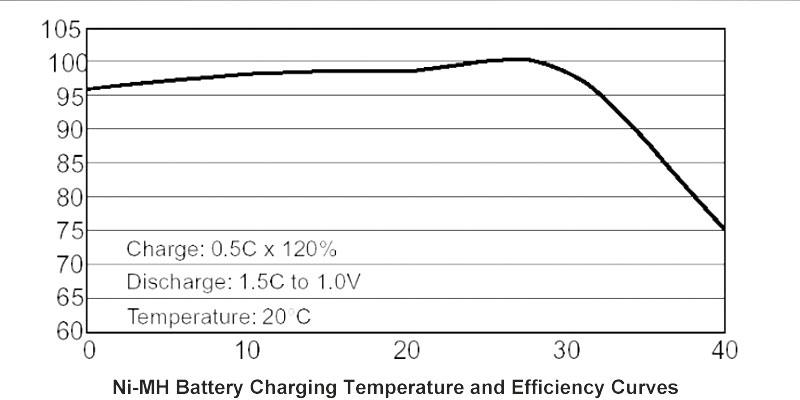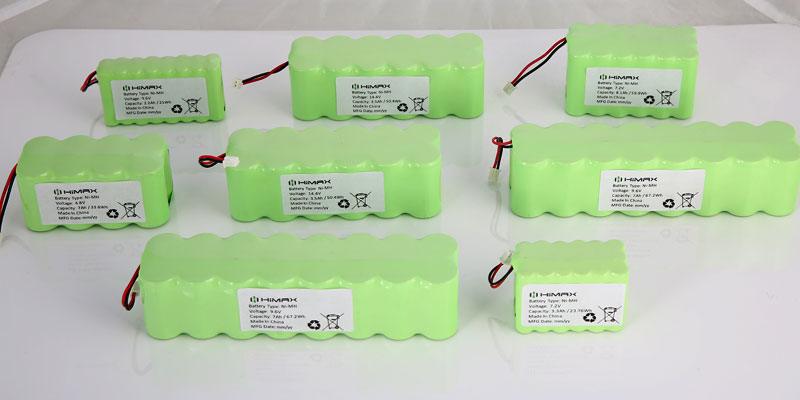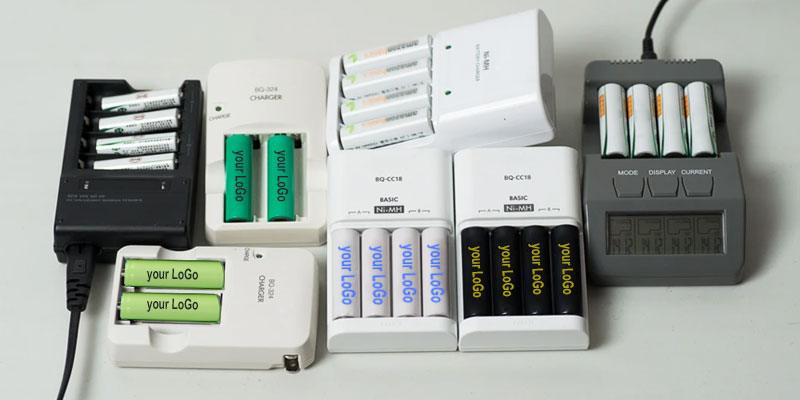In-Depth Exploration of Lithium-Ion Battery Disposal Understanding Lithium-Ion Batteries and Their Environmental Impact
Lithium-ion batteries, ubiquitous in modern electronic devices, vehicles, and energy storage solutions, pose significant environmental and health risks if not managed properly at the end of their life. This section explains the material composition of these batteries and the potential hazards associated with their disposal.
- Detailed Composition and Hazards:
- Material Content: Lithium-ion batteries are complex assemblies containing hazardous materials that require careful handling. Key components include lithium salts used in the electrolyte, various metals such as cobalt, nickel, and manganese in the cathode, and copper and aluminum in the current collectors. Each of these materials has specific environmental and health risks associated with it if released into the environment.
- Environmental Risks: When improperly disposed of, the heavy metals and chemicals in lithium-ion batteries can leach into the soil and groundwater, leading to contamination that can harm wildlife and human health. For instance, cobalt, while essential for the battery’s stability and energy density, is toxic to the lungs and skin upon prolonged exposure and can cause environmental damage if it enters water systems.
- The Complexity of Recycling:
- Recycling Challenges: The diversity of materials within lithium-ion batteries complicates recycling processes. Efficient separation of these materials is crucial for effective recycling but is often hindered by the battery’s design and the economic viability of the recycling processes. Advanced recycling technologies can recover many of the valuable materials from spent batteries, but these processes are costly and require significant technological investment.
- Improving Recycling Outcomes: Advances in mechanical and chemical recycling processes have made it possible to recover more materials at higher purities. These improvements not only enhance the economic feasibility of recycling but also reduce the environmental impact by diverting hazardous materials from landfills and reducing the need for virgin material extraction.

Steps for Proper Disposal of Lithium-Ion Batteries
Proper disposal involves a series of steps each designed to minimize environmental impact and maximize safety. Here’s how to approach it responsibly:
- Preparation for Recycling:
- Discharge Safely: Reducing the charge to about 50% can decrease the risk of thermal events during handling and transport. This step should be done in a controlled environment using appropriate equipment to monitor and manage the discharge process.
- Physical Handling: Ensure that batteries are physically intact, with no visible signs of damage such as swelling or leakage. Damaged batteries require special handling procedures to prevent risks of fire or toxic exposure.
- Locating Recycling Facilities:
- Specialized Recyclers: Identify recycling facilities that are equipped to handle lithium-ion batteries. These facilities have the necessary technology to process the complex chemistries and recover valuable materials safely.
- Certification Standards: Ensure that the chosen recycling facility complies with local and international standards for environmental protection and worker safety, such as R2 (Responsible Recycling) or e-Stewards certification.
- Transportation and Regulatory Compliance:
- Regulations: Adhere to local, national, and international regulations regarding the transport of hazardous materials. This includes proper documentation, packaging, and labeling of lithium-ion batteries to ensure safe transit.
- Logistical Considerations: Work with logistics providers who specialize in hazardous materials to ensure that batteries are transported in compliance with legal and safety standards.

Himax Electronics’ Role in Promoting Safe Battery Disposal
Himax Electronics is deeply committed to responsible environmental practices, which is reflected in their approach to the design, use, and disposal of batteries.
- Eco-Friendly Design and Manufacturing:
- Sustainability Initiatives: Himax designs batteries with the end-of-life in mind, incorporating features that simplify disassembly and recycling. This includes using fewer toxic materials and designing for easier separation of components.
- Reduction of Hazardous Substances: Himax adheres to global standards like RoHS (Restriction of Hazardous Substances), which limits the use of toxic elements in electronic products.
- Consumer Education and Recycling Support:
- Awareness Campaigns: Himax conducts campaigns to educate consumers about the importance of recycling and provides information on how to do so responsibly. They offer guidelines on their website and through product manuals that detail the steps users should take to dispose of batteries safely.
- Partnerships with Recycling Centers: Himax collaborates with certified recycling centers to ensure that customers have convenient and safe options for disposing of their spent batteries.
Conclusion
The disposal and recycling of lithium-ion batteries require a collaborative effort from manufacturers, consumers, and recyclers. By understanding and participating in proper disposal practices, consumers can contribute significantly to environmental sustainability. Himax Electronics remains at the forefront of this initiative, continuously improving its products and practices to support global recycling efforts.




























